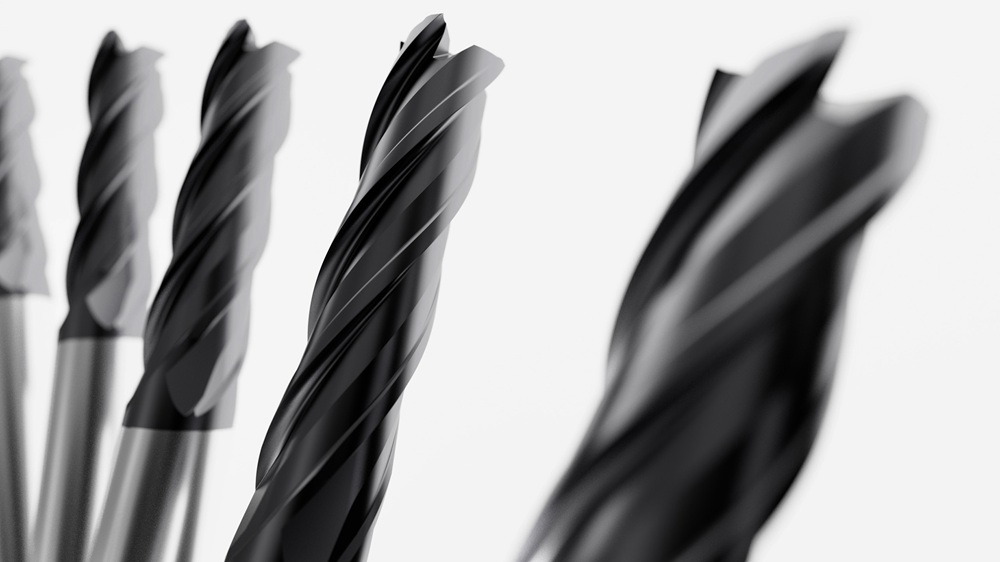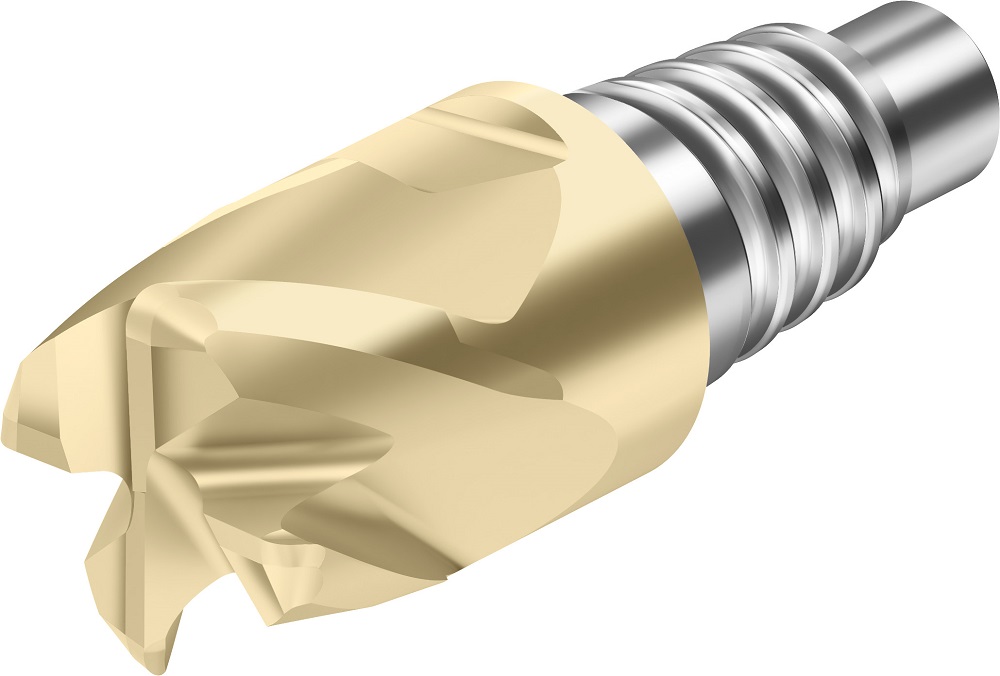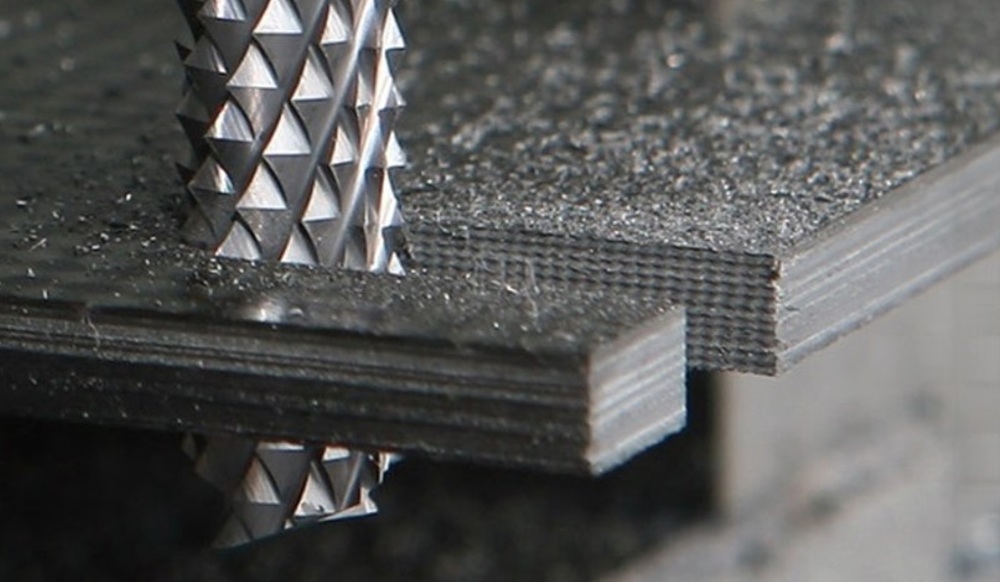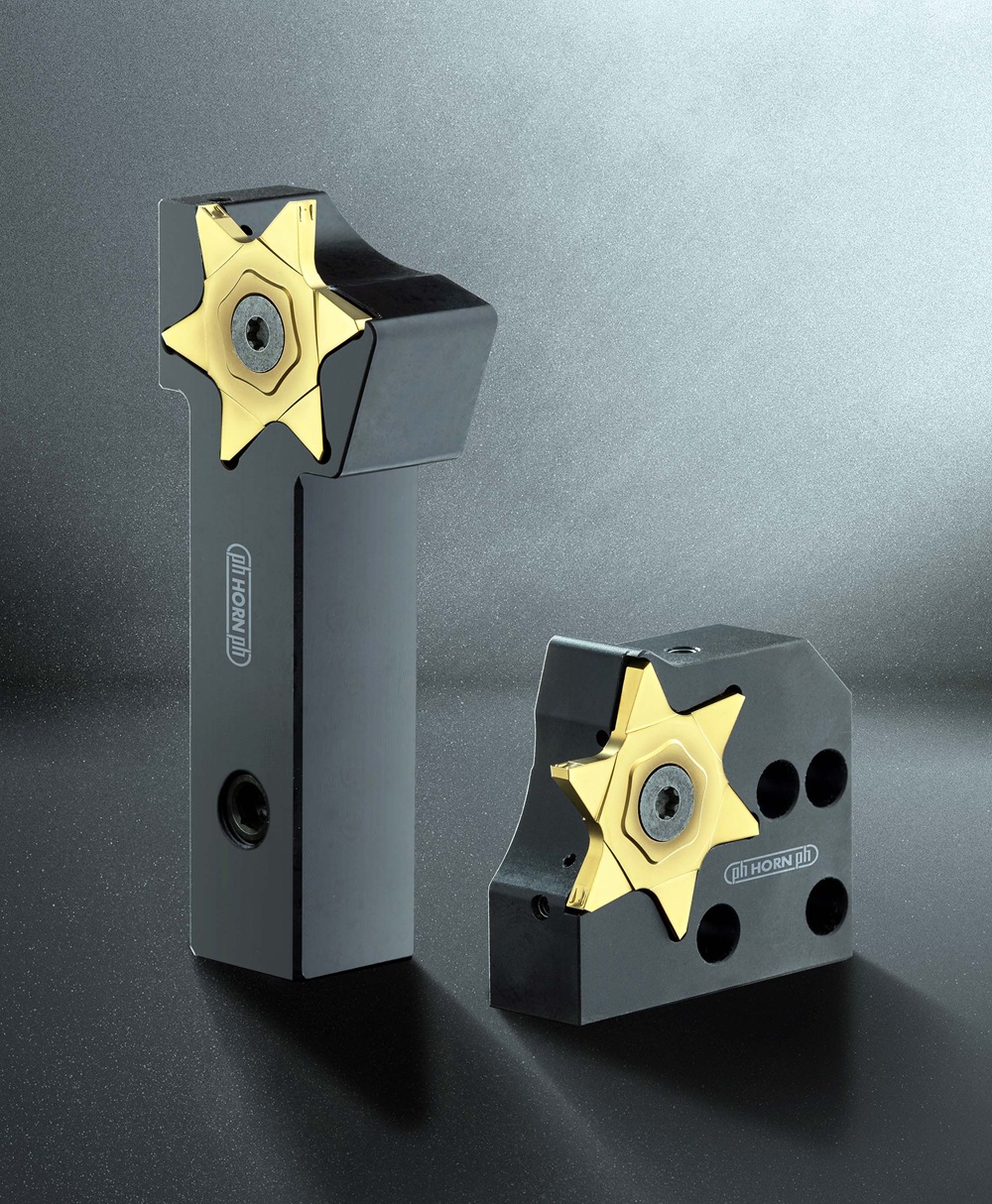Together with its customers, Seco, part of Sandvik Group, says it is redefining the management and use of cutting tools, driving greater efficiency and sustainability throughout the product lifecycle.
A key contributor is Seco’s reconditioning programme for solid-carbide tools, helping customers to reduce both environmental impact and tooling costs. Through its reconditioning services, the company is not only extending tool life but also paving the way for smarter, more efficient and sustainable manufacturing.
Traditionally, machine shops discard worn solid-carbide tools, contributing to high operational costs and environmental impact. The Seco reconditioning programme offers an alternative: restoring original tool quality and prolonging life while guaranteeing new tool performance. By bringing the tools back to their original geometry and coating, and extending their lifecycle, machines shops gain from reduced raw material consumption, environmental impact and cutting tool costs.
But the benefits go further. Ongoing geopolitical risks continue to disrupt global supply chains, highlighting the importance of proximity to manufacturers. A more local reconditioning resource not only shortens lead times but also supports broader sustainability goals by enhancing environmental and operational efficiency. Seco continues to grow its global reconditioning presence, with full capabilities across key regions.
In addition to remanufacturing services, Seco also has its own recycling programme for carbide tools. When tools are so worn out that remanufacturing is no longer possible, the company brings them back and ensures responsible recycling into new products.
A key enabler in transforming Seco’s solid-carbide tool offering is digital traceability, powered by data matrix codes. A laser-etched matrix code allows the tracking of each individual tool from production to reconditioning, and eventually recycling. Digital traceability gives real time insight into the status of every tool in the reconditioning loop.
More information www.secotools.com



















